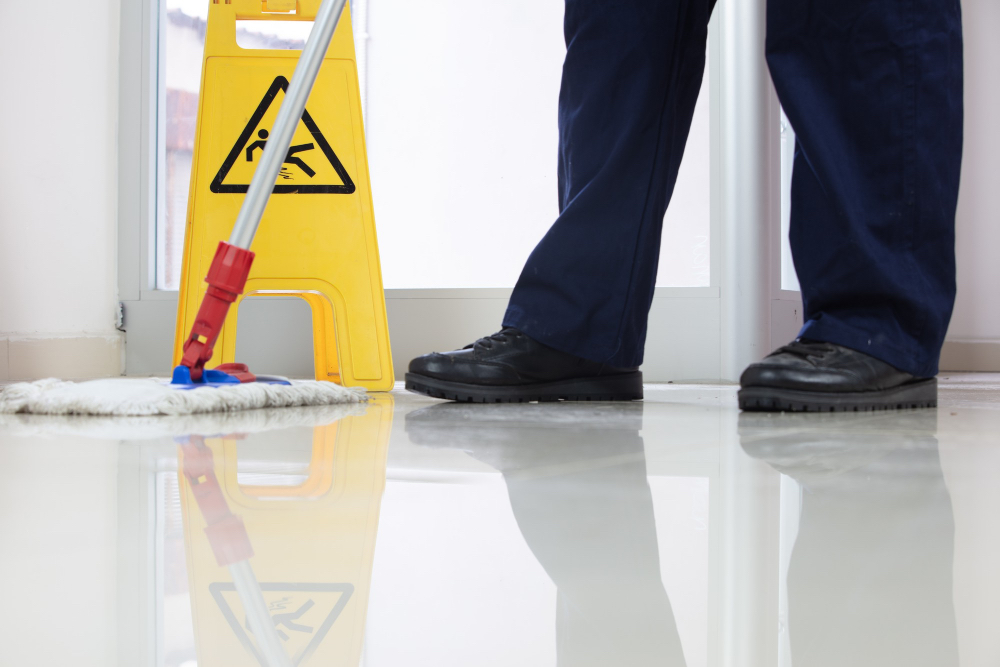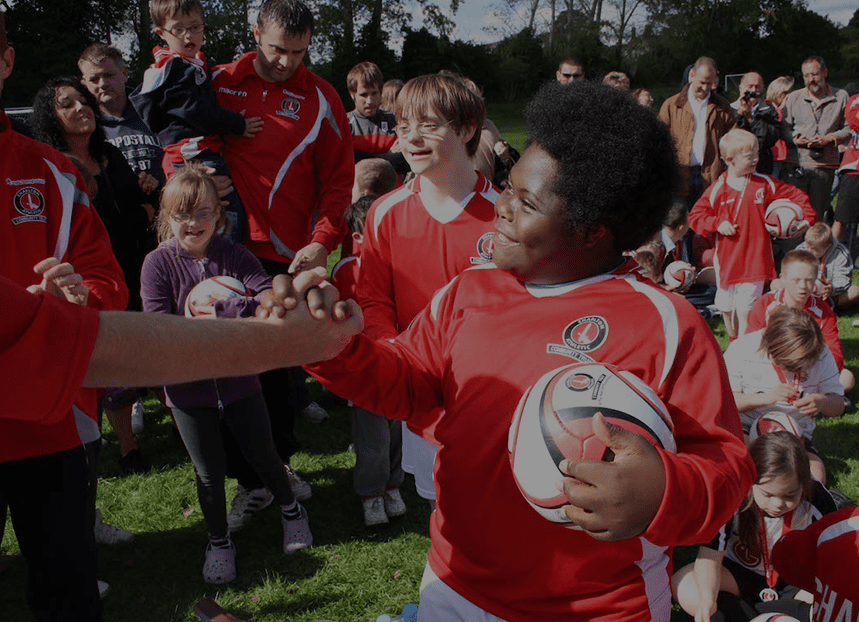According to the Health and Safety Executive’s (HSE) annual summary for 2021, based on statutory self-reporting of incidents from employers from across the UK, a staggering 1.7 million people were suffering from work-related ill-health in the year 2020/21.

Of these, 850,000 were new cases reported last year. The difference between these numbers reflects the considerable volume of historical incidents prior to 2020/21, which are still affecting workers.
The summary shows that in the reporting year, 400,000 workers sustained non-fatal injuries and 142 were killed at work. Delving deeper into the figures:
- 8 million workers suffered from work-related stress, depression or anxiety
- 6 million workers had a work-related illness caused or made worse by COVID-19
- based on death certificate data, around 12,000 people died from historical lung disease caused by exposure at work.
5 common health & safety risks in the workplace
Our health and safety experts summarise five of the most common health and safety risks for non-fatal and fatal injuries in the workplace across all sectors and provide advice to help businesses reduce risks and prevent workplace disease and injury.
1. Slips, trips, and falls
Slips, trips, and falls on the same level are a consistent cause of non-fatal injuries at work every year. In 2020/21, they accounted for a third of all such incidents.
Examples of this type of risk include slipping on wet surfaces, tripping over objects or uneven surfaces, or falling on ice.
When height is added into the equation, however, fatalities are more likely to occur. The stats show that 35 of the 142 people who died in the workplace last year did so after falling from height. This includes incidents such as falling from scaffolding, platforms, and ladders.
When working from height, it is essential that risk assessments should be carried out and any risks reduced to the greatest possible extent, including providing proper supervision and clear rules around working in adverse weather.
2. Handling, lifting or carrying
Incidents while handling, lifting or carrying are the second leading cause of non-fatal injuries. Manual handling involves physically lifting, lowering, pushing, pulling and carrying, and when not performed correctly, serious injury can occur. Such incidents can happen when lifting heavy objects or when transferring patients in medical settings.
With regular and effective training, the risk of injury associated with handling, lifting or carrying can be considerably reduced. Mitigations such as machinery to lift an object, reducing the load size, and training employees to reduce the amount of twisting, stooping and reaching can prevent such injuries.
3. Being struck by a moving object
Being struck by a moving object is the third leading cause of injury for both non-fatal (10% of all RIDDOR reported cases) and fatal injuries (17 or 142 deaths in the workplace). Accidents where a worker is struck by a moving object range from being struck by a falling object e.g. an unsafe load on a shelf in a warehouse, a vehicle e.g. a delivery vehicle or forklift truck, or even a knife.
To reduce this type of injury, employers are encouraged to carry out a thorough risk assessment and having considered the risk reduce them by, if appropriate, using warning signs, audible warnings when vehicles are moving, keeping people and vehicles separate, limiting access to work areas, and ensuring workers are clearly visible and wearing hard hats.
4. Acts of violence
Acts of violence in the workplace represent 8% of all injuries reported to RIDDOR. This may happen as a result of a violent act between workers or between other parties for example members of the public and workers.
Violence does not always have to be physical in nature; acts of violence are reported to HSE whenever a member of staff is abused, threatened or assaulted in circumstances relating to their work. Examples of this type of injury include verbal abuse by a customer towards a member of staff or where a nurse is physically assaulted by a patient in a care home or hospital setting. The risk of this type of injury can be reduced by providing specific training on dealing with and avoiding conflict and violence in the workplace.
5. Contact with moving machinery
Contact with moving machinery was responsible for 14 deaths in the workplace in 2020/21. Such incidents include being dragged or entangled with a machine or where a machine unexpectedly moves. In a recent case of this type, a skip hire company in Bristol was fined £50,000 after one of its workers had his arm dragged into a defective conveyer he was attempting to repair, causing serious injuries. The HSE found that man’s employer had not provided adequate training and suitable safeguards when dealing with conveyor blockages and making adjustments.
Accidents caused by moving machinery can be avoided in several ways, including improved signage, retro-fitting safety guards where needed, replacing or repairing safety guards, job-specific machinery safety training, a simple system to enable all workers to report machinery safety concerns, and regular machinery risk assessment.






